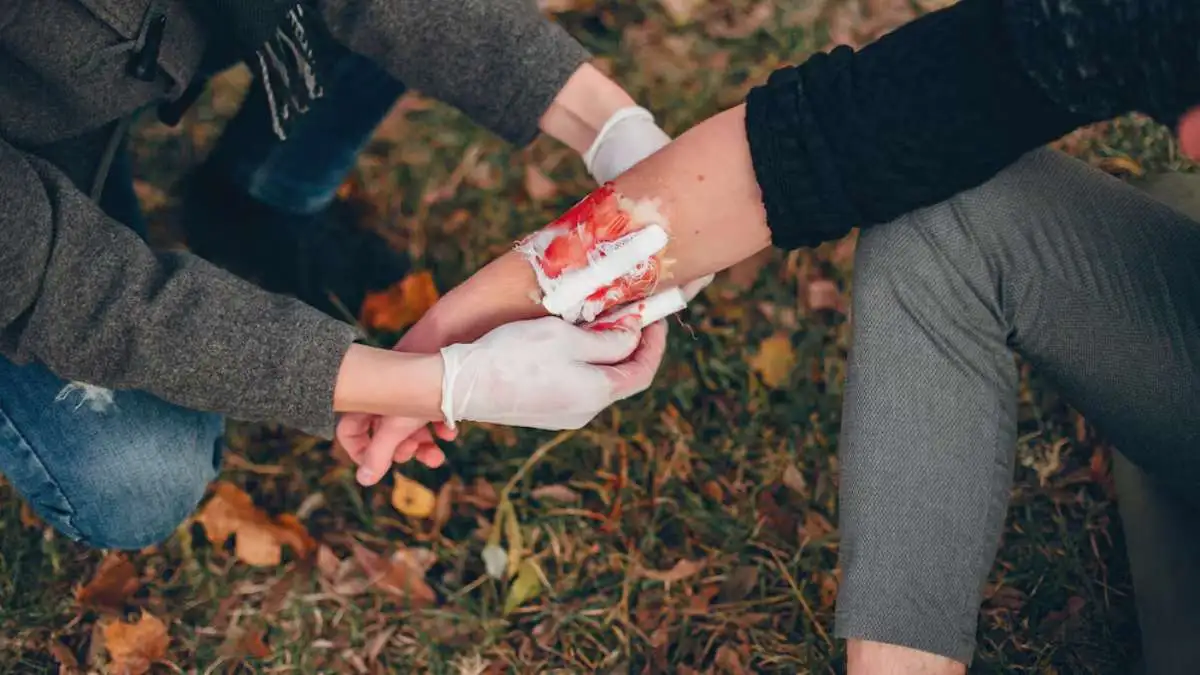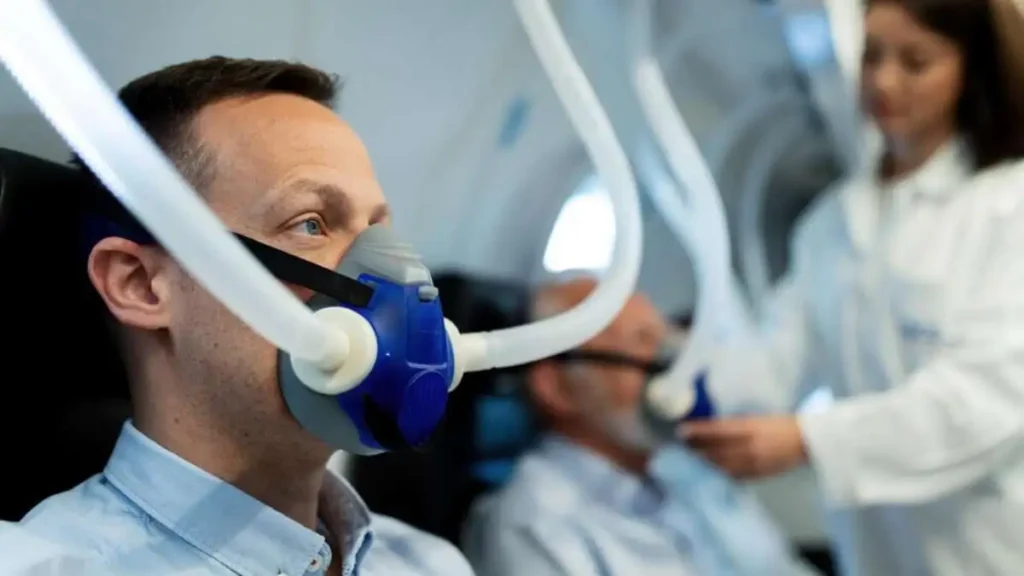HEALTH AND FITNESS
Effective Solutions For Healing Challenging Wounds and Recovering!

Challenging wound healing is really a complex task for healthcare professionals and consumes a great deal of resources globally. Especially, it is a main concern for the elderly.
The challenging or complex wounds are generally resistant to standard treatment. Instead, it requires effective and targeted approaches to ensure optimal healing and recovery.
Here we’ll walk through those effective solutions for healing challenging wounds. It’ll be a great help in making the healing process more efficient and successful. So just read on.
Table of Contents
Effective Solutions for Healing Challenging Wounds
Below are the proven effective solutions in promoting challenging wound healing.
1. Surgical Debridement
Debridement means to clear the damage or dead cells getting in the wound. When the wounds are hard to heal, surgical debridement of the wound is a must.
It removes the narcotic tissue and reduces the bacterial burden. Plus, it makes a clean wound bed for healing these challenging wounds.
Moreover, it reduces the chances of wound-related infections and enhances tissue granulation formation. You must have to remove old dead tissues for new healthy skin cells to form.
2. Advanced Therapeutic Dressing
The advanced therapeutic dressings used for healing the challenging wound are highly specialized.
Generally, it contains growth factors, alginates, hydrocolloids, hydrogels, foams, or films. These dressings aim to control discharge from the wound or exudate.
The infections are more likely to occur when the excessive exudate is allowed to sit. Here, the alginate wound dressing is especially effective in managing the wound exudate.
3. Negative Pressure Wound Treatment
It is another effective solution for complex wound healing. The treatment pulls bacteria and fluid out of a wound.
It creates a moist environment and helps in the formation of new tissue. Moreover, NPWT enhances blood flow to the wound site.
You can use this solution to heal complex wounds. Like pressure ulcers and diabetic ulcers.
4. Compression Therapy
Coming to the next, compression therapy. Here, the healthcare providers use wound compression products like bandages to enhance blood circulation. The therapy is effective in healing ulcers that are complicated by edema.
The therapy removes the extra fluid from the affected area by adding pressure with wraps. Thus, compression therapy reduces the swelling.
5. Hyperbaric Oxygen Therapy
Hyperbaric oxygen therapy typically involves 100% pure oxygen breathing in a pressurized environment. This oxygen encourages wound healing. Moreover, it enhances damaged wound tissue repair and combats infection.
Additionally, the therapy triggers substances like stem cells or growth factors that encourage healing.

6. Topical Agents
Topical agents are mostly used to help in challenging wound healing. You can directly apply it to the wound and address the wound issues like infection or inflammation.
Moreover, topical agents encourage better wound-healing conditions. For instance, platelet-derived growth factors. It is markedly beneficial for diabetic foot ulcer healing.
Antacids, sugar, and vitamin A&D ointment are the other topical agents you can use for wound healing.
7. Surgical Repair
The surgical repair is necessary for complex and large challenging wounds. Moreover, if the wound has marked tissue loss, the healthcare professional may suggest surgical repair.
The most common surgical repair is the skin graft. Here, the plastic surgeon attaches healthy skin to the wound area taken from another part of the body.
Essential Consideration to Promote Challenging Wound Healing
Effective solutions are not enough to promote wound healing. It may require comprehensive approaches. Here are some essential considerations to promote the ability to heal wounds.
1. Managing Underlying Medical Conditions
You must address the underlying medical condition for complex wound healing. For instance, diabetes I or II, vascular disease, or immunosuppression.
They can impair the healing wound. You should have proper management of this condition with medication and lifestyle changes.
2. Infection Control
Infection can delay wound healing. That is why you should be considerate to prevent and control the infections.
You have to use appropriate antibiotics and follow the strict hygiene rules.
3. Individualized Treatment Plan
The best approach to healing a challenging wound may vary from person to person.
That’s why the patients will require an individualized treatment plan based on their wound type and health.
You should work closely with healthcare professionals and follow their recommendations to encourage wound healing.
Conclusion
To sum up, effective solutions and care practices are a must to promote challenging wound healing. You can markedly enhance the wound process with the solutions and approaches mentioned above.
Just not healing, these solutions can also contribute to long-term wound management. Ultimately, you can ensure the optimal well-being of the patients.
-

 GENERAL6 months ago
GENERAL6 months agoChristofle – For Those Who Dream of Family Heirloom Silver
-

 SPORTS8 months ago
SPORTS8 months agoDiscover the World of Football with Streameast: Watch Your Favorite Leagues and Tournaments
-

 GENERAL5 months ago
GENERAL5 months agoUncovering the World of кинокрадко: The Dark Side of Film Piracy
-

 GENERAL2 months ago
GENERAL2 months agoATFBooru: Anime, Gaming, and Subculture Imageboard


























